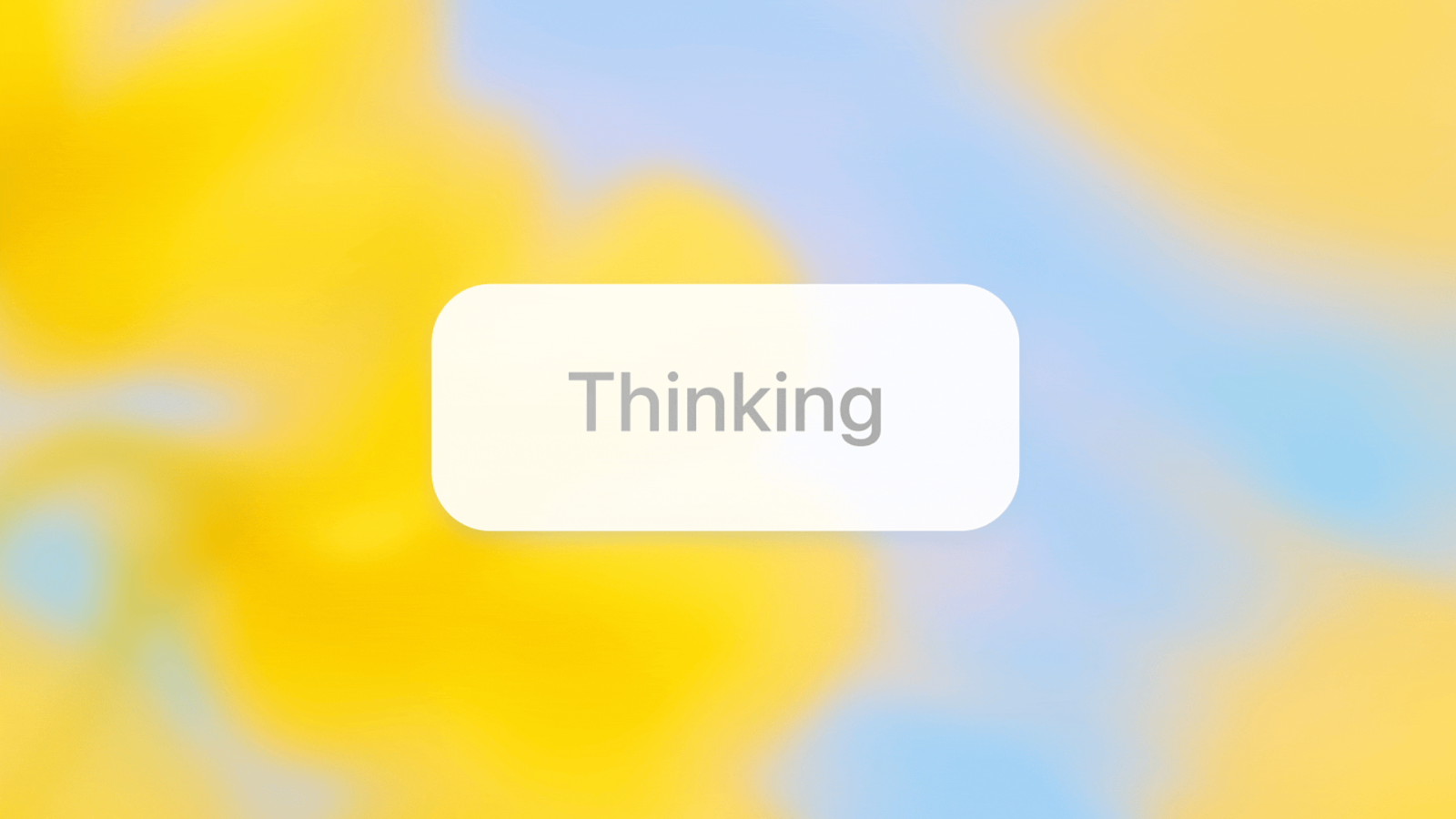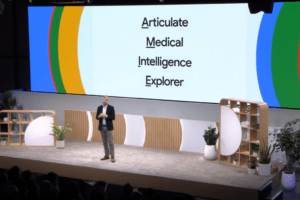Artificial intelligence has long been heralded as a tool capable of solving complex problems and enhancing human capabilities. Recently, OpenAI introduced its latest models, o3 and o4-mini, which are designed to reason through prompts by breaking them down into multiple parts and addressing each one systematically. The goal? To provide deeper, more accurate results than previous models. While these reasoning models have generated excitement, particularly for tasks like geoguessing, they also raise important questions about accuracy, privacy, and the broader implications of AI in our daily lives.
The Rise of Geoguessing
Geoguessing, the act of identifying a location based solely on visual cues, has become a popular pastime on social media platforms like X (formerly Twitter). Users have been thrilled by the prospect of using AI models like o3 to enhance their geoguessing abilities. By analyzing images and breaking them down into logical components, these models can provide detailed breakdowns of why they believe a particular location is correct. For example, spotting a specific license plate or recognizing a unique architectural style can lead to accurate guesses.
The bot’s reasoning process is fascinating to observe. It crops images into sections, searching for identifying characteristics like language on signs, architectural styles, or even weather patterns. This method mimics the way humans might approach the same task, offering a glimpse into how AI models can simulate human thought processes. While this capability is undoubtedly impressive, it’s not without its limitations.
Testing o3’s Geoguessing Skills
To gauge the accuracy of o3, I decided to put it through its paces using stills from Google Street View. My first test involved a view from a highway in Minnesota, facing the skyline of Minneapolis in the foreground. Within a minute and six seconds, o3 identified the city and correctly noted that we were looking down I-35W. It also instantly recognized the Panthéon in Paris, noting that the screenshot was from the time it was under renovation in 2015—a detail I hadn’t been aware of.
Encouraged by these early successes, I moved on to testing the model’s ability to handle less famous landmarks. I chose a random street corner in Springfield, Illinois, featuring the Central Baptist Church—a red brick building with a steeple. This is where things became intriguing—and frustrating. O3 began cropping the image, searching for identifying characteristics in each section. It noted the architectural style, speculated about the location, and even searched the web for additional information. However, despite its efforts, the bot failed to identify the specific church or even the exact city.
After three minutes and 47 seconds, o3 provided a detailed breakdown of its thought process, mentioning potential landmarks like the Cathedral Church of St. Paul or Embassy Plaza. It also analyzed the church’s style, noting its Greek Revival architecture and white steeple. While these observations were insightful, the bot’s subsequent guesses veered wildly off course. It speculated about Springfield, Missouri, or Kansas City, before losing the plot entirely. It even wondered if the church was in Omaha or possibly the Topeka Governor’s Mansion, which bore no resemblance to the image.
I repeated the test with a random street corner in another small town, this time in Kansas. After three minutes of deliberation, o3 guessed that the image was from Fulton, Illinois—another significant misstep. When prompted to try again, the bot continued to guess wildly different cities across various states before pausing the analysis altogether.

Comparing o3 and 4o
Interestingly, GPT-4o performed similarly to o3 when it came to location recognition. It instantly identified the skyline of Minneapolis and correctly guessed that the Kansas photo was from Iowa—though, as expected, it was incorrect. This parity between the two models suggests that o3’s reasoning capabilities, while intriguing, aren’t necessarily superior to those of its predecessor.
TechCrunch reported that o3 occasionally outperformed 4o in identifying obscure locations, but the models were evenly matched in most cases. This parity raises questions about whether o3 truly represents a leap forward in AI reasoning or if it’s merely a refinement of existing capabilities. Either way, the current level of accuracy doesn’t warrant undue alarm, especially given the bot’s frequent failures and wild guesses.
Privacy and Security Concerns
While o3’s geoguessing abilities are fun and educational, they also raise legitimate concerns about privacy and security. Theoretically, the bot could identify private or sensitive information embedded in images, such as license plates, street signs, or even landmarks. This capability, if misused, could pose risks to individuals’ privacy, particularly if the bot is used to track down personal locations or identities.
OpenAI has acknowledged these concerns, sharing with TechCrunch that they’ve trained their models to refuse requests for private or sensitive information and added safeguards to prohibit the identification of private individuals in images. They also actively monitor for and take action against abuse of their usage policies regarding privacy. However, these assurances don’t fully alleviate concerns about potential misuse, especially given the bot’s tendency to hallucinate and guess wildly.
O3 and o4-mini represent a significant advancement in AI reasoning, offering users the ability to break down complex tasks into manageable parts. While their geoguessing capabilities are intriguing, they’re far from perfect. Missteps and wild guesses are common, and the models often struggle with less famous landmarks. For now, the hype surrounding o3’s geoguessing skills seems overstated, especially when compared to its predecessor, 4o.
That said, the potential for misuse exists, particularly in identifying private or sensitive information. OpenAI’s efforts to train models to reject such requests and add safeguards are commendable, but they must be continually reinforced to ensure user safety. As AI continues to evolve, it’s crucial to balance innovation with ethical considerations, ensuring that these powerful tools serve humanity rather than harm it.
Stay tuned for more updates on o3 and o4-mini as they continue to refine and expand their capabilities. The future of AI reasoning is bright, but it must be approached with caution and responsibility.
















Add Comment